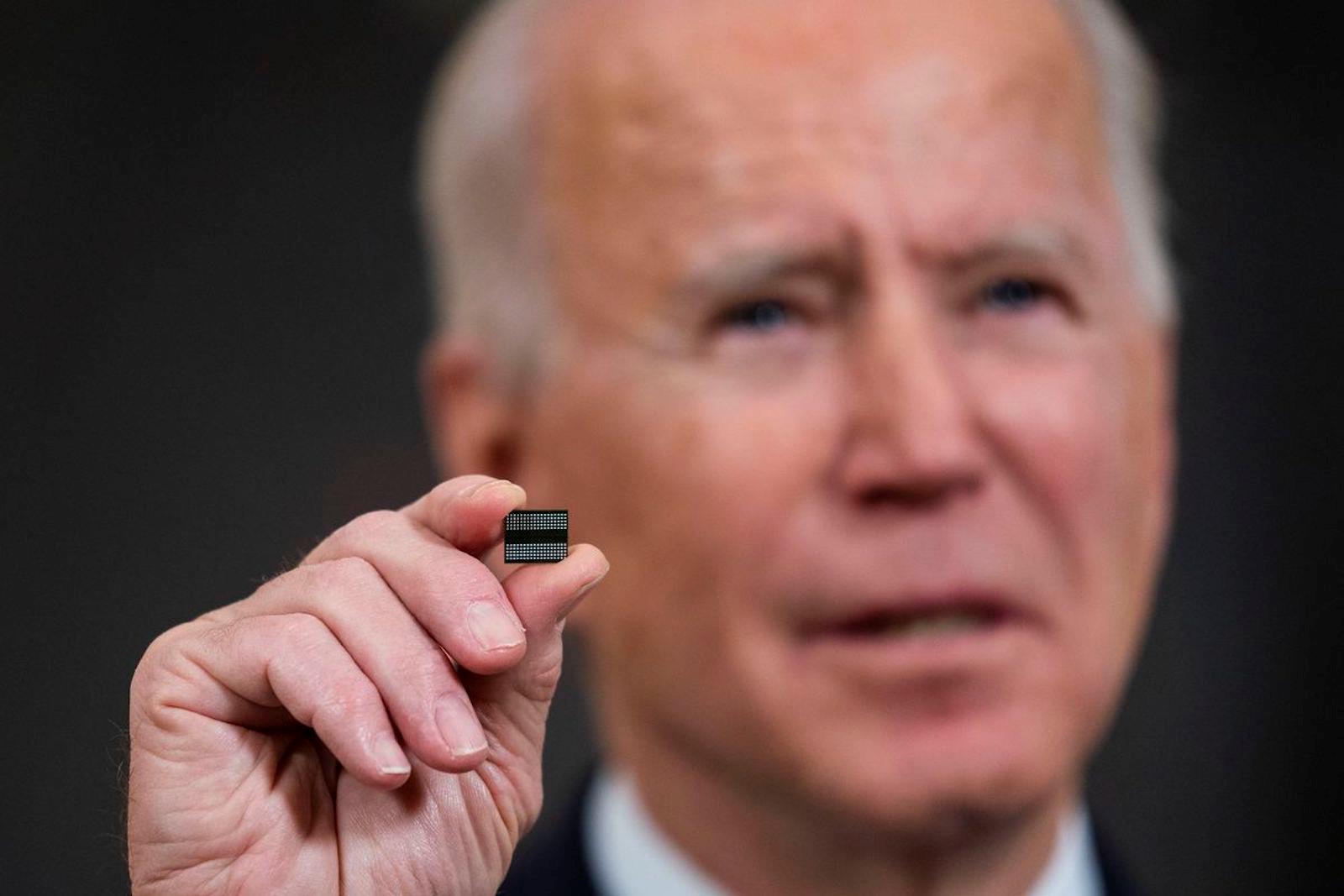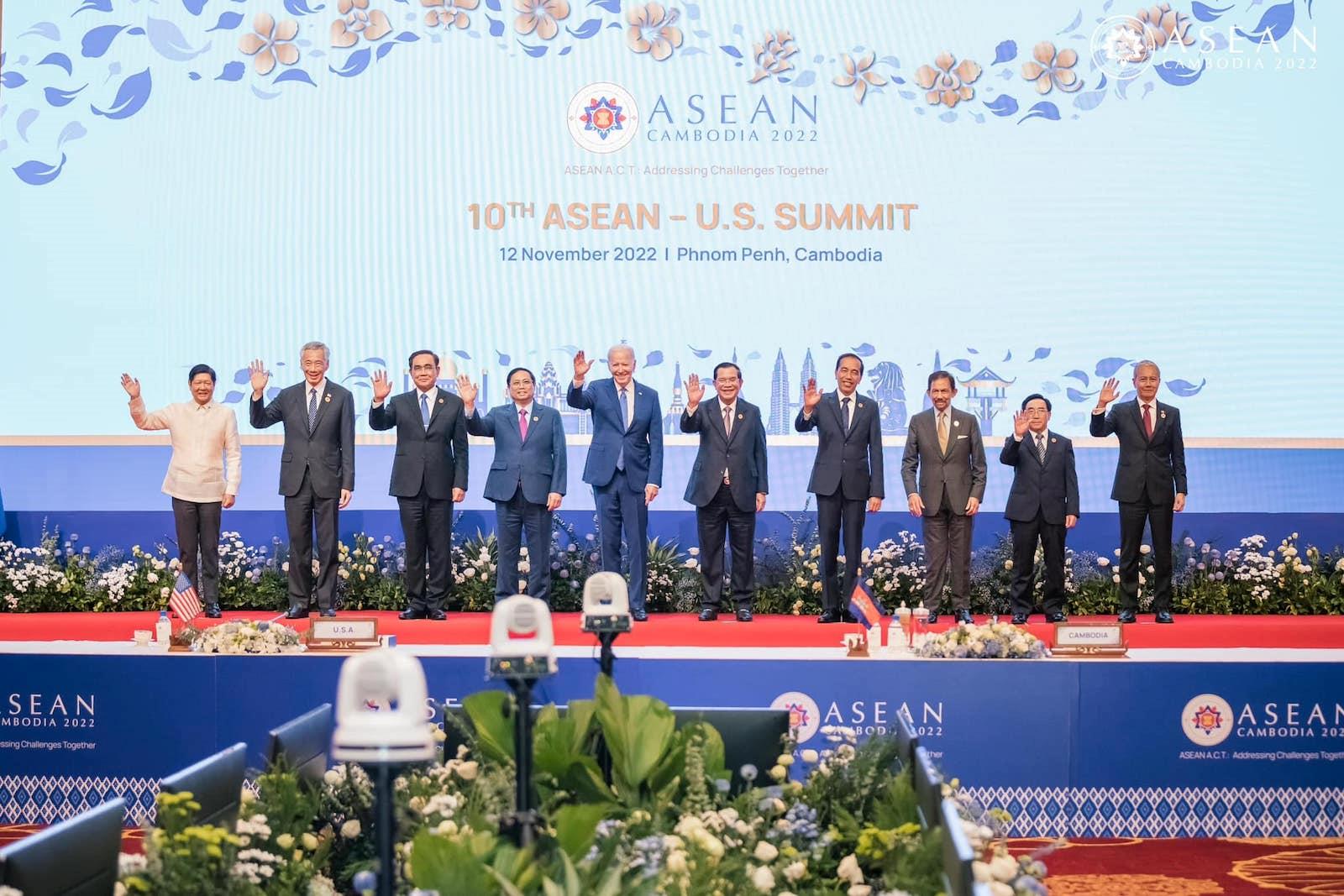While there is no scholarly consensus on a definition, hedging offers an alternative approach to categorizing the foreign and security policy choices exhibited by Southeast Asian countries.
While security interests are normally reflected in policy choices like purchasing weapons, joint training exercises and security treaties, Washington and Beijing increasingly see economic policies as signals of friendship or animosity.
Australia learned this lesson in 2018 when it excluded Chinese company Huawei from its 5G network. Canberra claimed that this decision only concerned internal
network security , but Beijing understood it not only as a signal of lack of trust but of
hostility . Conversely, it was
praised
by then-US president Donald Trump.
Those governments that have followed Australia typically share fewer security interests with China compared with those utilizing Huawei's 5G technology. Economic policy can now be a meaningful indicator of security alignment.
Economic and technological connectivity is increasingly being“weaponized” and is becoming a source of geopolitical power and vulnerability. The United States can affect Beijing's battlefield capabilities by
restricting
semiconductor technology, while China has disrupted
multiple bilateral trading relationships , including with
key us allies , in pursuit of strategic aims.
Latest stories

long, slow death of indonesia's national plane dream

the case against fukushima's radioactive water release

china winning on the pacific political battlefield
Weaponized interdependence means governments are wary of the national security and geopolitical implications of existing and potential economic relationships. How governments manage these economic relationships offers insight into their underlying security interests.
Washington and Beijing are expanding the scope of what policy domains and behaviors affect national security. The Trump administration claimed that“economic security is national security ,” while US President Joe Biden's National Security Advisor explained that maintaining“as large a lead as possible” in certain technologies was a national security imperative.

Joe Biden's CHIPS Act aims to bring more manufacturing to the US. Image: Twitter / Screengrab
The Chinese Communist Party is even more expansive in its“securitization of everything .” China's interests as a rising power are naturally expanding, but
its political system
means that the Party does not separate its interests from the nation's.
Hence any behavior - including economic policy - at home or abroad that potentially affects the Party's political legitimacy is considered a threat to China's national security.
Southeast Asian states want a stable geopolitical environment to
focus on their economic development . They do not want to be forced to“take sides” in any hegemonic rivalry whereby Washington or Beijing could conclude that the smaller state's security interests oppose theirs.
But if weaponized interdependence means more economic and technological policies are perceived as zero-sum by great powers, the policy space for hedging shrinks regardless of the smaller state's motivation.
A government might choose Chinese telecommunications providers purely based on cost, speed of rollout and quality, and be
relatively unconcerned
about national security risks.
Yet Washington might assess this as compromising defense or economic cooperation and step back. Alternatively, Beijing may judge as hostile decisions to exclude
chinese providers
based on network security risks.
Over the short-to-medium term, Washington and Beijing will continue their partial
decoupling
and vigorous competition across a range of emerging and critical technologies. These may include digital technologies, advanced manufacturing and materials, energy and biotechnology.
Given the perceived vulnerability of technological interdependence by both sides - a
technology security dilemma
-
partial decoupling
between the superpowers is probably needed for longer-term strategic equilibrium.
Maintaining a hedging strategy will require Southeast Asian states to locate themselves economically within a partially decoupled system in a way that avoids taking sides. This will be challenging, especially as the great powers build walls to separate themselves economically and technologically.
Southeast Asian governments will have to make choices regarding who provides technology products and the standards embedded within them. These choices may have a strong zero-sum element.
Australia's Foreign Minister Penny Wong argues that regional states should be confident in exercising their agency to shape their external environment. Hedging, especially to avoid taking sides, risks sidelining Southeast Asian states at arguably the most consequential geopolitical moment since their independence.

ASEAN leaders and US President Joe Biden in Phnom Penh. Image: ASEAN website
Even if hedging is preferred, policymakers must be creative to shape the regional order actively and positively.
One area where economic hedging may have a real impact is
critical technology standards . Standards are historically
developed and propagated
by the most powerful countries. Their experts dominate international standards-making bodies and their companies embed these standards in their products, which purchasers then adopt by default.
Fundamental to technological standards is
interoperability
- meaning that systems are compatible with one another. Technology standards must support interoperability by enabling the development of new products and technologies that can connect with existing systems.
But in an age of technological decoupling, interoperability may be yielding to closed and fragmented systems.
Individually or
working collectively through asean , hedging by Southeast Asian states may require the promulgation of technology standards that do not force countries to choose one technology ecosystem over another.
Darren J Lim is Senior Lecturer at the School of Politics and International Relations, The Australian National University.
This article was originally published by East Asia Forum and is republished under a Creative Commons license.
Like this:Like Loading... Related